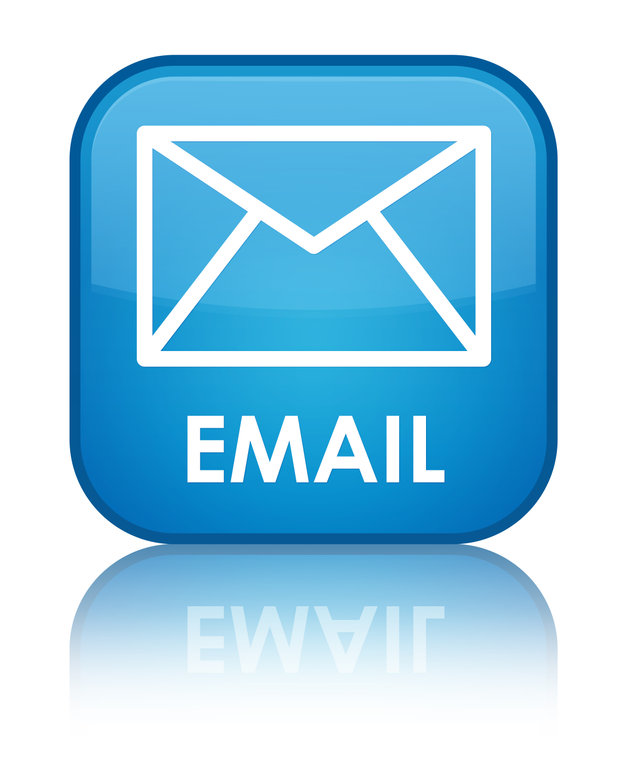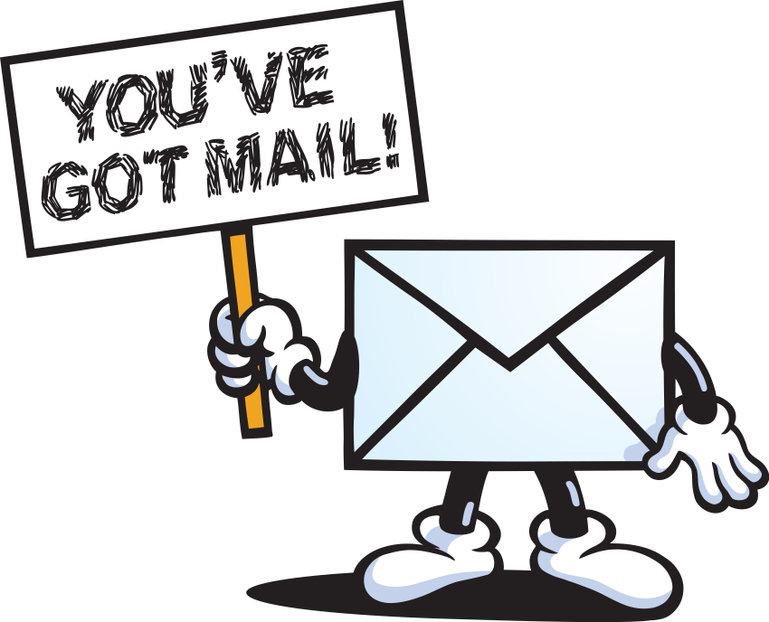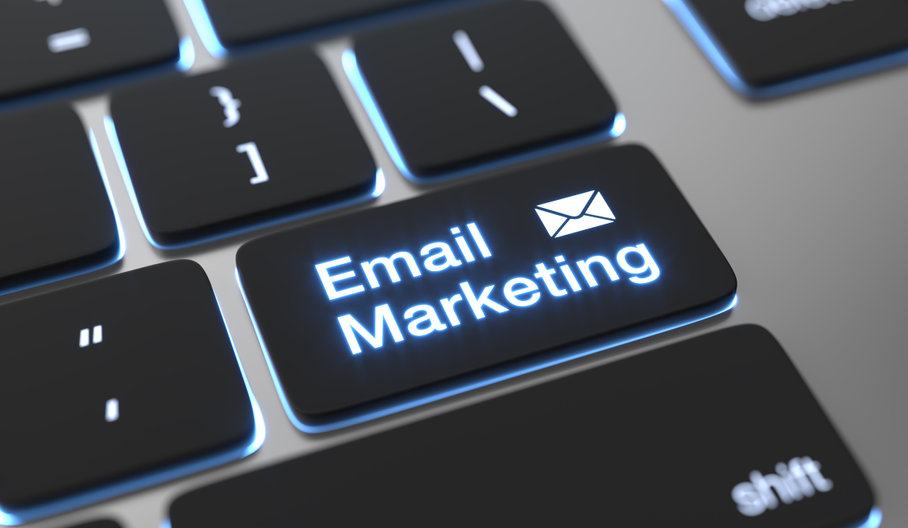
As one of the most valuable and cost-effective marketing methods available, B2B email is still a pillar of business communication. In fact, the value of email continues to grow. In 2020, 78 percent of marketers said email is important to overall company success, compared to 71 percent in 2019. At the same time, think about the sheer volume of emails being sent and received each day—306 billion according to a report produced by Statista.
Creating An Effective B2B Email

To make sure your B2B email is opened, read and acted upon, marketers need to be strategic about outbound emails. To help create effective marketing emails, answer the following 15 questions:
- What is the goal of your email? Make sure you know whether your intent is to provide information, offer a solution, send an announcement or get recipients to visit your website.
- Who is the audience for your email? This means making sure you have complete and accurate contact information and know something about the roles and responsibilities the individual has. In other words, are they a fit for your message based on company size, industry, previous engagement and other variables?
- What is in it for the audience? “What’s in it for me?” also known as the WIIFM factor, is a value proposition that relies on an instinctive decision about whether something will benefit the individual or group. In other words, how can you solve the recipient’s challenge or pain point? If you can quickly communicate the answer to this question, you’re more likely to demonstrate the value of the outreach and capture the attention of recipients.
- Is there another segment you haven’t considered? After defining your target audience, go the extra step to make sure you aren’t forgetting an important segment. Is there an industry adjacent to one you’ve had success with? A completely new industry? While there may be an obvious audience that comes to mind, don’t limit your outreach to the familiar segments you already connect with. Always consider new possibilities.
- Is this email personal enough? Personalization is vital in today’s marketing initiatives. In fact, 77 percent of B2B sales and marketing professionals say they believe personalization builds better customer relationships. By incorporating personalization in your email via a personal greeting, customized subject line or targeted content, you are more likely to boost your open rate and facilitate trust.
- Would you click this subject line? Your subject line is the first variable that determines whether an email will get opened. “You need subject lines that increase value without implying cost,” says Jimmy Daly of Vero. “In other words, you need to let readers know that the content of your email is incredibly useful and won’t cost them a cent.”
- Who is sending the email? The individual or group linked with your sender address is more important than you think. For example, a sender with a first and last name can increase your click rate versus a sender with just a first name. Or consider when a company name might support brand awareness. Test what works for your target audience and type of outreach.
- Does every word in this email add value and engage the audience? Daly references advice from Tommy Walker at ConversionXL saying, “Every word should lead the reader to the next word, and every sentence should lead the reader to the next sentence. Don’t include sentences or words that simply take up space. Remember, it’s harder to write short copy than long copy, so spend time trimming the fat.” Demian Farnworth at Copyblogger also advises, “No sentence can be effective if it contains facts alone. It must also contain emotion, image, logic, and promise.”
- Is the email free of typos and broken links? Always proofread your text before sending any email. This includes written content within the email body, email signature and subject line. Send a test email to check for broken links, formatting issues, and compatibility across multiple platforms and devices.
- Does the email take advantage of varied digital mediums, if suitable? Emails can range widely in format and function. Take advantage of digital enhancements such as graphics, video or interactive elements if appropriate for the message and goal of the email. If a text-based email makes more sense, don’t be afraid to keep it simple.
- What action should the audience take next? A call to action is essential to a successful email. Without a next step, even the most qualified prospect may not know what to do next. For example, encourage readers to download a white paper, sign up for a newsletter, request a complimentary consultation or simply respond to the email. Consider what information the audience needs to know to take action and provide them with the clear steps to do so.
- Does the email align with and reinforce the mission and vision of the company? A company’s vision and mission statements describe the values and goals of a business and create a foundation for growth. Be sure to communicate those clearly in the content and purpose of the email.
- Is the email aligned with the company brand in content and style? A clearly defined brand has a major impact on a company’s visibility and name recognition. Ensure email outreach is consistent with your brand in terms of content and style. Maintain a brand style guide that makes it easy for content creators and communicators to be on the same page.
- Does it make sense to send this type of email now? Timing matters. Ensure the type of email that you are sending arrives at the right time. This involves understanding where the target audience is in the buyer journey, how recently they’ve been contacted already or addressing trends and current events.
- How will you measure results of this email? Finally, the last step isn’t sending the email, it’s measuring and analyzing the results of the email. Consider common KPIs for email outreach such as open rate, bounce rate, click-through rate, response rate and click mapping. Armed with these objectives, measure, analyze and adjust email content accordingly.
Target, Track and Refine

While content marketing and social media are gaining larger and larger portions of B2B marketing budgets, B2B email marketing continues to prove itself as an effective way to generate leads and build meaningful relationships with target audiences. By answering these 15 questions when developing a B2B email campaign, marketers create and maintain an email strategy that is focused, value-driven and meaningful to the right audiences at the right time. Because the needs of your target audiences are always changing, it’s essential to continually reevaluate your marketing email messaging and strategy. With ongoing review and adjustments, marketers will be able to engage with more audiences consistently, thereby facilitating business growth.
